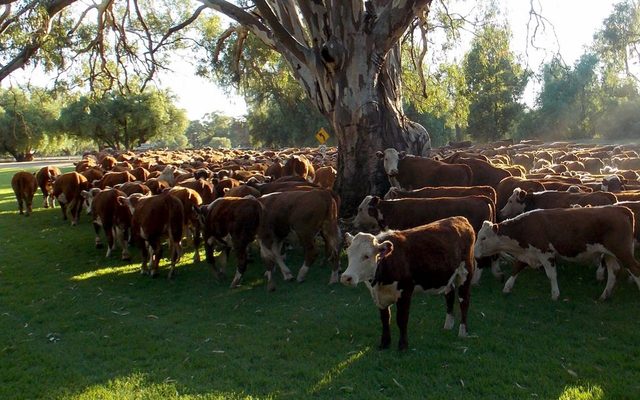This article is from the Australian Property Journal archive
WHILE industrial and logistics occupier demand has soared internationally, surging supply pipelines will look vastly different in the US and Australia.
Cushman & Wakefield have analysed the distinct response to market constraints in the United States and Australia and the resulting I&L supply.
The significant surge in occupier demand since 2020 has been driven by growing consumer consumption and demographic shifts, paired with supply chain disruptions due to the closure and backlog of key global ports.
This has led to demand far outpacing supply resulting in significant drops in vacancies across most major global markets.
While in the US supply pipelines have been upped, Australia is also set to record volumes of new supply since pre-GFC this year, however the sector is in a unique position due to a comparatively strict planning regime and higher levels of pre-commitment activity.
Australia is set to deliver a similar level of supply as the US on a per capita basis, at 0.12 sqm per person and 0.13 sqm per person respectively.
Though Australia’s commitment rates are far higher, which result in a lesser impact on already low vacancy rates.
I&L supply in the US has been significantly outpaced by demand in recent year, leading to a major decline in the national vacancy rate, with new supply surpassing demand just three times on an annual basis between 2012 and 2022.
Between 2012-2022, the US’s pipeline was 62% speculative on average. While in 2023, more than 80% of facilities built have been speculative.
2023 is also looking to be a record year for new additions in the US, surpassing the 47.8 million sqm record of 2022.
With its sizeable volume of uncommitted stock in the market, the vacancy rate in the US is up from its recent low of 2.8% in early 2022 to 4.7% currently and is forecast to surpass 5% in 2024.
Though this is still well below the 15-year average of 6.8%.
Rental growth in the US has also softened, with average rents up by 12.8% in the year to Q3 2023, down from 47.8% in the year to June 2022.
In contrast, Australian I&L supply is led by demand or pre-leases, with speculative supply is estimated to account for just 27% of new supply in the last decade.
Approximately 45% of new supply additions will stem from speculative facilities in 2023, while almost 35% of facilities due for completion in 2024 so far are speculative.
Again, in contrast to the US market, 72% of supply additions until the end of 2024 are committed, including 92% in 2023 and 52% in 2024.
This means Australia won’t see the same boost in unleased supply, leaving vacancy rates tight and driving further rental growth.
This after the national weighted prime rent index increased by 44.2% over the last two year or 22.0% in the last 12 months.
Cushman & Wakefield note that even if all current unleased speculative space were to be made available, the national vacancy rate would only grow to 3.3% which is still far below what is considered a balanced market at circa 5.0%.
Nationally, prime rents are expected to grow by around 10% over the next year in Australia, while growth in the US is set to remain in the mid-single digits.




